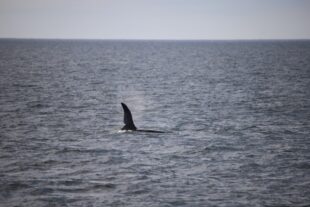
For many, witnessing a whale in its natural habitat is a once-in-a-lifetime experience. While destinations like Canada and South Africa are renowned for such encounters, Scotland offers an equally captivating opportunity to see whales without venturing far from home. Scotland’s best whale experiences often happen right here in Hebridean waters.
At Argyll Cruises, one of the most frequently asked questions is how and where guests can see whales. So, today’s Ted’s Top Tips focuses on this very subject, aiming to help you decide which of our whale watching boat trips to book if you harbour dreams of seeing these magnificent creatures.
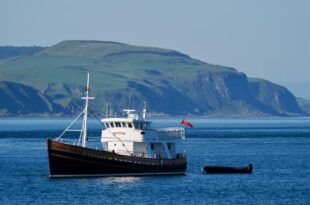
Where to see Whales in Scotland
You can see pods of whales along the west coast of Scotland, particularly around the Isle of Mull in the Inner Hebrides. This area is considered a hotspot for sightings as it’s teeming with marine wildlife. Minke whales, hebridean whales, dolphins and porpoises congregate here because of the abundance of fish. Wildlife boat trips from Tobermory give you the best chance to see these animals in their natural habitat.
Further north the Shetland Islands are a hot spot for orcas (killer whales) which travel in family pods along the coast. The waters around Shetland are rich in seals and other prey, making it a perfect feeding ground for these social, powerful predators. You can even see orcas from the shore, especially during the summer months.
In the Outer Hebrides, especially in deeper offshore waters, you can see white-beaked dolphins and long-finned pilot whales along with common dolphins and minke whales. They come here for the nutrient rich waters and the abundance of cephalopods like squid and cuttlefish.
Types of Common Whales in Scotland
Humpback Whales
You don’t see humpbacks in Scottish waters very often but they are being spotted more frequently. These whales are 46-56 feet long and have a distinctive body shape with long pectoral fins and tubercles on their heads. They are known for breaching and other surface behaviours so are popular with whale watchers.
We had a humpback in the Clyde in Dunoon earlier this year just up from where Argyll Cruising is based and Splendour cruises from for half the season. Needless to say it caused great excitement in the town and we were lucky enough to see it in front of Argyll Cruising HQ!
Our friends at Wreckspeditions caught some great footage of the whale breaching in Holy Loch.
Orca Whales
Orca are the most distinctive of all the whales with their black and white markings. Sightings are not common around here but in 2022 – which was a great year for whale watching in Scotland – I was lucky enough to catch up with John Coe and Aquarius, the famous orcas of Scotland’s west coast, who are local legends among whale spotters.
These two big boys are the last of the West Coast killer whales, a distinct group within the North East Atlantic population. They have their own unique features, sloping eye patches, bigger size and tooth wear, they are different from the other orcas seen in Scottish waters. Between February and October 2022 they were seen 33 times in the Hebrides, Northern Ireland and Ireland, they are clearly very fond of these northern waters.
We were on a cruise with some guests and we were returning from Castle Bay in Barra to Tobermory, we were a bit late as we stopped to watch common dolphins and minke whales around Hawes Bank in the Hebridean Sea. As we approached Ardnamurchan Point I got a sighting in the area and before long we had eyes on John Coe and Aquarius.
Watching them glide through the waves was amazing, especially as John Coe is thought to be over 60 years old, that’s old for a wild orca. Aquarius is thought to be not far behind in age and the experience of seeing them up close was incredible.
It’s a rare privilege to see these orcas and I hope to see them again on another trip.
Minke Whales
Minke whales can reach up to 35ft in length and are the most common whales you’ll see on the west coast of Scotland. They have a striking black, grey or purplish colour with a white stripe on each flipper and are an absolute joy to see.
We saw these whales travelling along the coastline a number of times last year, including an unforgettable day between Colonsay and Iona on our final day Corryvreckan to the Shiants cruise where we watched a group for 15 minutes. They were so curious and graceful, we couldn’t stop talking about it!
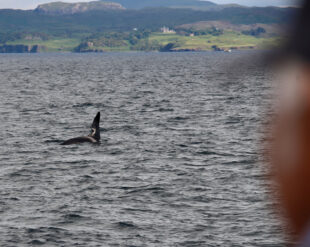
Fin Whales
Although very rare in British waters, we’re pleased to say that the fin whale, the second largest after the blue whale, has been spotted off the North Coast of Scotland. They migrate through British and Irish waters each summer and that’s when you might be lucky enough to see one.
The fin whale gets its name from the obvious fin on its back which is close to its tail. They also have a distinctive ridge along their back. They can grow up to 20 metres long, some females can reach 24 metres and can weigh 80,000 kilograms!
We haven’t seen any fin whales so far this year but last year we had an unconfirmed but suspected sighting. We only saw it surface a couple of times but the height of the blow, the size of the whale and a glimpse of the dorsal fin all pointed to it being a fin.
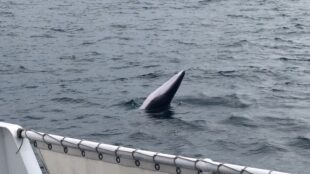
Other Marine Wildlife
Scotland is also home to bottlenose dolphins, common dolphins, porpoises, and basking sharks. Seals, otters, and numerous seabird species, including puffins, can also be spotted, especially near uninhabited islands and dramatic sea cliffs.
Tips for Whale Watching
-
Timing: May to September is best.
-
Locations: Try the Isle of Mull, the Hebrides, and the Firth of Clyde.
-
Boat Trips: Argyll Cruises offers the best cruises and trips.
-
Gear: Dress warm and waterproof, and bring binoculars and a camera.
-
Mindset: Be patient and alert – it pays off!
As with all wildlife spotting, when whale watching in Scotland it’s best to take a laid-back approach, as there are never any guarantees. But if you keep your eyes peeled, you might just be in luck with so many cetaceans gracing our waters.
Happy spotting!


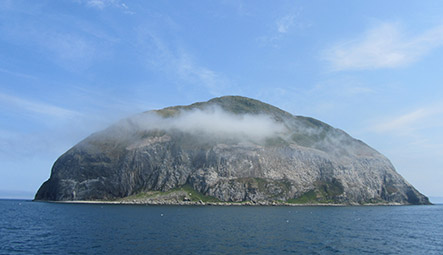
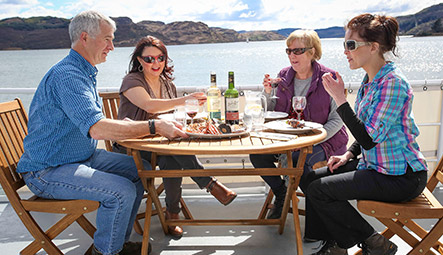
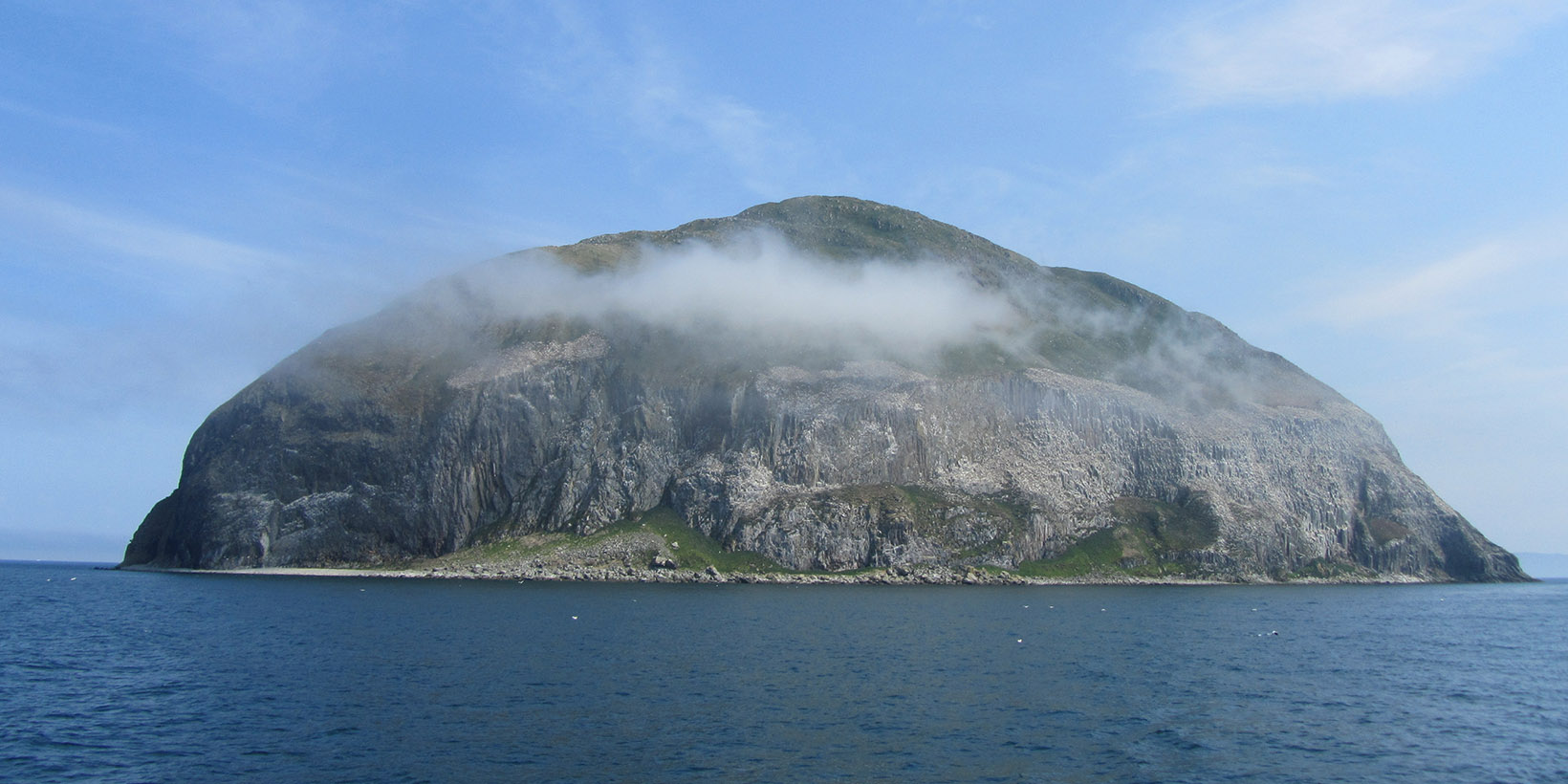
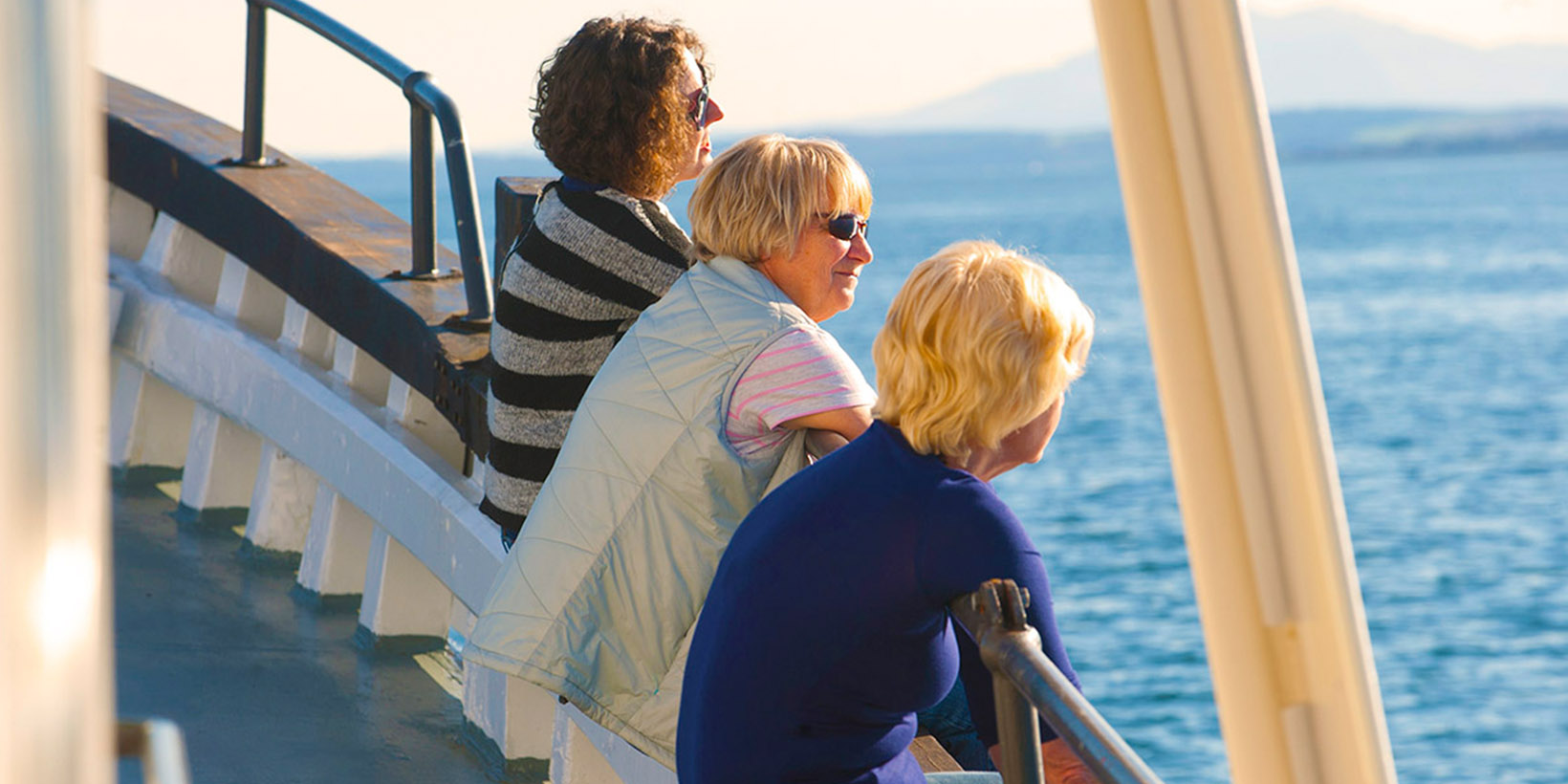

“A wonderfully relaxing trip, great company, Iggy’s wonderful food and calm and sunny weather. Thank you!” Helen
Arran and Ailsa Craig Wildlife Explorer | April 2022
“One of my very favourite adventures.” Ron Domin
Private charter | May 2023
“A gem of a holiday. We think we’ll definitely be back in the future to enjoy another trip with Ted and his top team.”
Skye and the Small Isles | July 2023
“Lovely trip with perfect weather and great company. Thanks to Ted and Iggy.” Gail and Paul
Arran and Ailsa Craig Wildlife Explorer | April 2022
“Fabulous trip, good to be aboard Splendour.” Paul and Elaine Taylor
Arran and Ailsa Craig Wildlife Explorer | May 2023